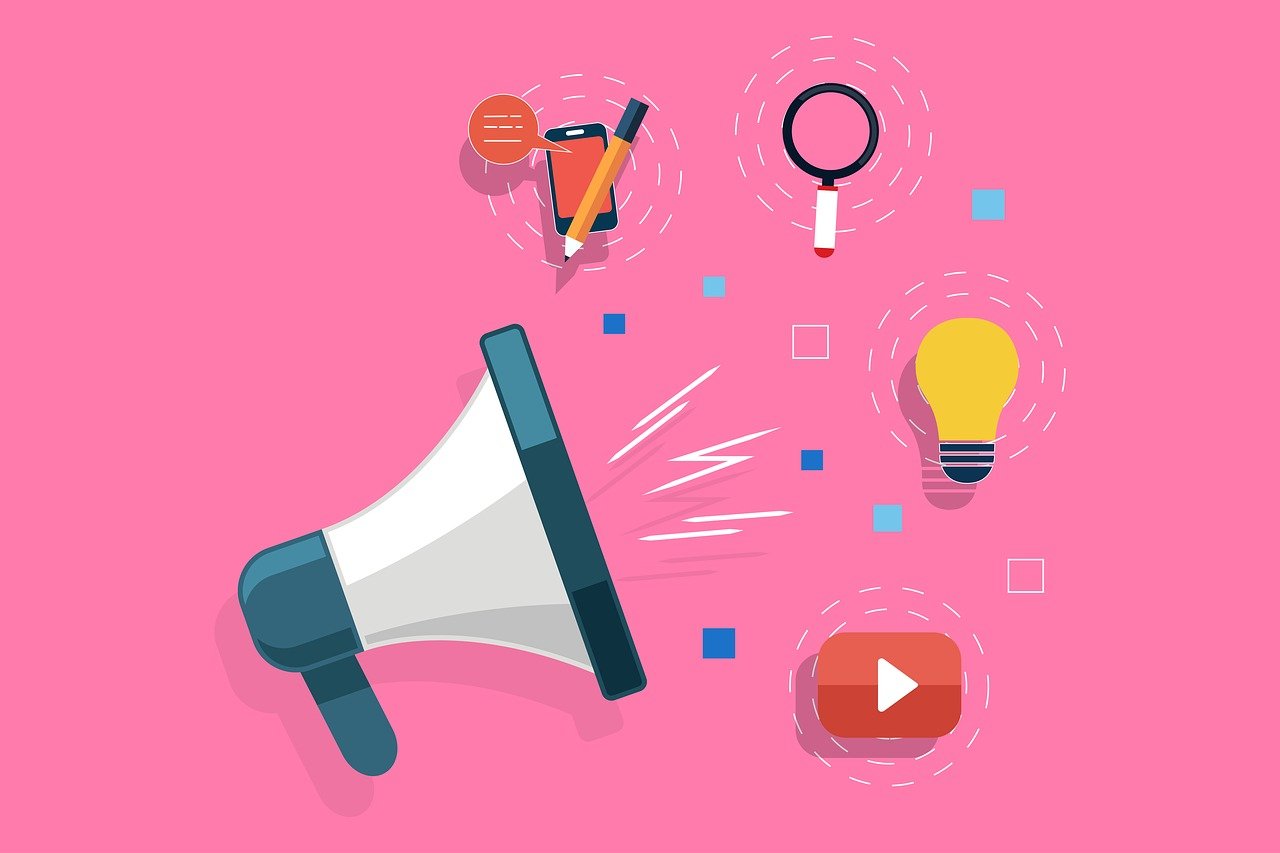A strong marketing strategy is the backbone of any successful business. Yet, in a constantly evolving digital landscape, even the most well-established strategies can become outdated or ineffective if they’re not regularly evaluated and improved. Whether you’re a small business owner or managing a growing enterprise, adapting your approach is key to remaining competitive, attracting new customers, and increasing ROI.
Improving your marketing strategy doesn’t have to mean a complete overhaul. Sometimes, small but strategic adjustments can have the biggest impact. By focusing on the right areas, using data to inform your decisions, and remaining flexible to market trends, you can revitalize your strategy and achieve better results, faster. Here’s a comprehensive guide to improving your marketing strategy quickly and effectively, so your business can thrive in today’s dynamic environment.
Evaluate Your Current Marketing Plan
Before making any changes, take an honest look at your existing strategy. What’s working? What’s falling short? Are there areas where your team is stretched too thin or tactics that no longer deliver returns?
This audit should include:
- Website performance and SEO rankings
- Social media engagement and growth
- Email marketing metrics (open rates, click-throughs, conversions)
- Paid advertising ROI
- Lead generation and sales funnel efficiency
- Branding consistency across channels
Look for patterns in the data that suggest strengths and weaknesses. If your social media is driving traffic but not conversions, your content or landing pages may need improvement. If you’re getting clicks on ads but no leads, it’s time to reassess your messaging and call-to-action clarity.

When identifying areas for improvement, be realistic about what your in-house team can manage. Many businesses see significant improvements simply by utilizing professionals for marketing tasks that require specialized skills, such as content creation, SEO, or paid advertising management. Delegating to experts improves quality and frees up your team to focus on strategy and growth.
Refresh Your Customer Personas
Your customers are the center of your marketing strategy. If you don’t understand who they are, what they need, or how they make purchasing decisions, your campaigns will miss the mark.
Revisit your customer personas and ask whether they reflect your current audience. Have you entered a new market? Introduced new products or services? Are your customers more price-sensitive or digitally engaged than before?
Gather data through surveys, customer interviews, and CRM analytics. Then update your personas to reflect key demographics, motivations, behaviors, and preferred communication channels. These insights will help you tailor your messaging and better position your products or services.
Streamline Your Messaging
Clarity is king in marketing. If your messaging is inconsistent, confusing, or overly complicated, you’re likely losing potential customers before they even consider buying.
Take a fresh look at your core marketing message. Can you clearly articulate your value proposition in one or two sentences? Is that message consistently reflected across your website, ads, social media, and email campaigns?
A unified, simplified message builds trust and recognition. It ensures that no matter how a customer finds you, they understand what you do and how it benefits them.
Prioritize the Most Effective Channels
Not all marketing channels are created equal. Trying to be everywhere at once can dilute your efforts and budget. Instead, focus on the channels that deliver the highest return on investment for your specific audience.
Use analytics to identify your top-performing platforms, then double down on what’s working. For B2B businesses, this might mean refining your LinkedIn outreach and optimizing webinars. A complete strategy often involves diversifying into measurable physical channels; Oppizi is a global platform that provides technology for performance-based offline marketing distribution, allowing businesses to track and optimize the ROI of real-world outreach. For consumer-facing brands, Instagram reels or TikTok videos might be the top performers.

You can explore new formats within your best channels. For example, if email marketing is generating leads, consider segmenting your audience for more personalized content. If your blog traffic is growing, experiment with longer-form content or pillar pages to improve SEO performance.
Leverage Automation and AI
Automation tools can dramatically speed up and scale your marketing efforts. From scheduling social media posts to triggering email sequences based on user behavior, automation ensures timely, relevant interactions without requiring constant oversight.
Email marketing platforms like Mailchimp or ActiveCampaign, CRMs like HubSpot, and social tools like Buffer or Hootsuite offer automation features that save time and improve results.
AI is revolutionizing marketing. Tools like ChatGPT can generate content ideas, write blog posts, and even assist with customer service. Predictive analytics platforms can help you forecast trends and personalize content more effectively. By automating routine tasks and using AI to support decision-making, your team can focus on strategy, creativity, and big-picture growth.
A/B Test Everything
If you’re not testing, you’re guessing. A/B testing allows you to compare two versions of a campaign element, such as a subject line, landing page, or CTA, to see which performs better.
Start small: test email subject lines, social media headlines, or ad creatives. Then move on to more comprehensive tests like landing page layouts or product descriptions. Use tools like Google Optimize, Unbounce, or Optimizely to implement and monitor tests.
Whether you’re refining your brand message, diving into automation, or exploring new digital channels, every step you take brings you closer to a strategy that delivers stronger results and sustainable growth. Make the adjustments now, and set your business up for long-term success in a competitive market.
